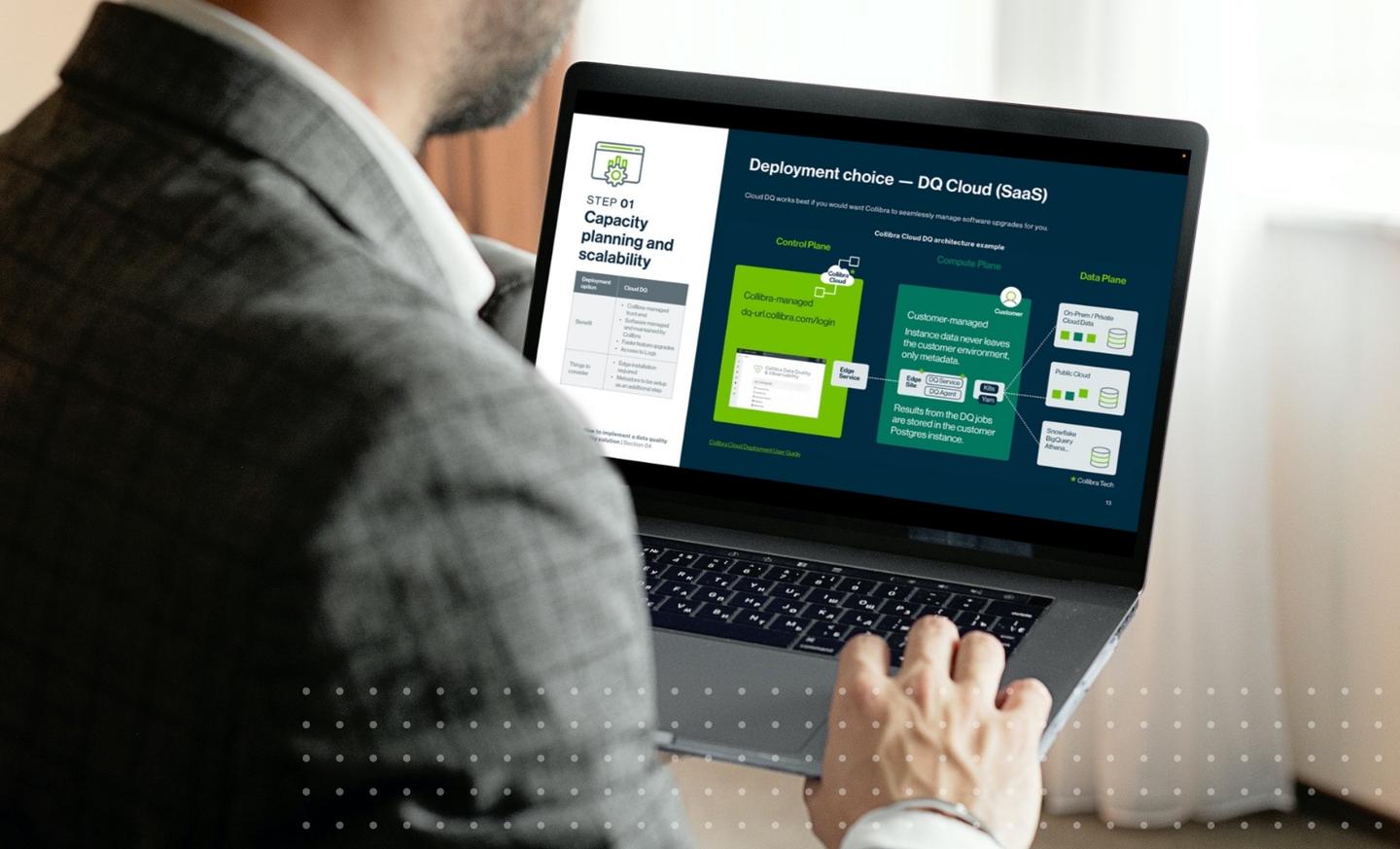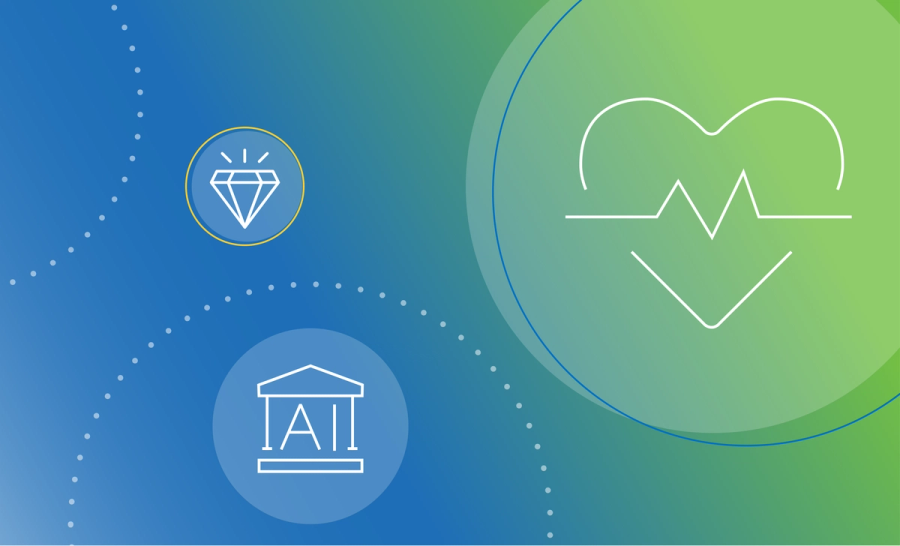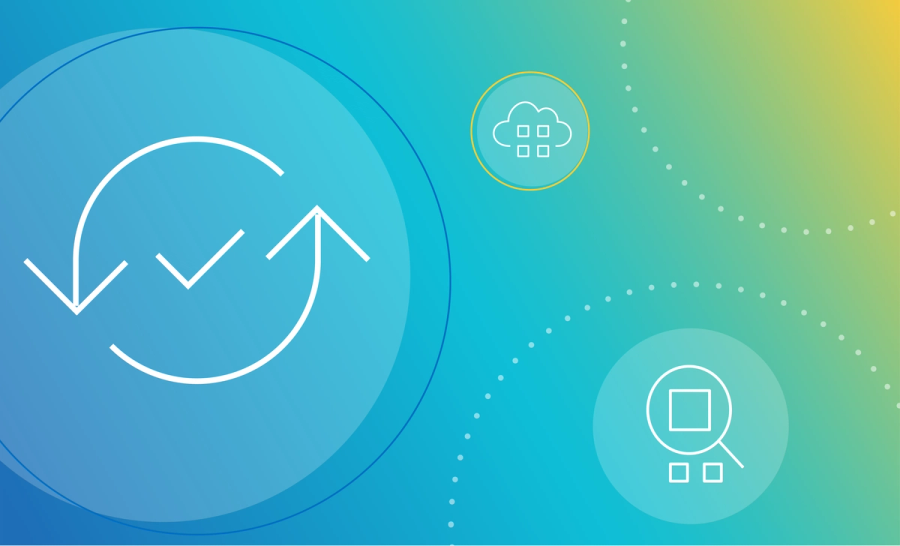Successfully implementing a data quality & observability solution

Each organization has its own unique challenges when it comes to data. There is enough understanding of how poor-quality data affects business decisions. But the challenges of delivering high-quality data may be overwhelming. There may be data silos, the technology stack may be constrained to detect all quality issues, and there may be a lack of trust.
It is not easy to overcome these challenges, and it is not difficult either. Getting a good, comprehensive data quality & observability solution and successfully implementing it can help you address these problems. Our new technical solution workbook enables you to do exactly that.
The complete Technical Solution Workbook guides you step-by-step. The workbook begins by assessing the current state and then presents the critical steps for developing the implementation plan. It also describes the rapid start of data quality and how it helps with efficient deployment.
You can make notes as you use the workbook and align your deployment to the needs of your organization.
Begin with a comprehensive assessment
Before deciding on the solution, try to assess the current and the desired states. Expected business outcomes are a good start. Depending on the most critical objectives of your organization, these expected outcomes can include:
- Achieving productivity gains for data analysis
- Increasing the trust and confidence in your data
- Optimizing the operating costs
When one or more key outcomes get established, you can assess the current state of your data quality landscape. Some of the pointers are:
- The current organizational technology and resource availability, including the technology stack and the tools used.
- The challenges with data quality in the current state. For example, the volume of quality tickets and the score of trust in data.
- The data quality activities currently performed by your teams. It’s a good idea to note how much time your team spends on each activity and where you need to optimize resource utilization.
Assessing the future states helps you set the stage. You can list the data quality capabilities you want to have. Then decide on their priorities and how you can progressively implement them along with the timeline.
The success of any initiative depends on technology, processes, and people. Listing key stakeholders with their roles offers the required clarity. It also sends the right message across the enterprise and gets everyone ready. Finally, measuring success is a critical activity. You can consider various KPIs and choose the right ones that correctly evaluate your accomplishments.
Weighing up your challenges and resources gives you the right direction for deployment. It also ensures that you are aware of your constraints and are ready with contingency plans.
Resources can be a tricky area. Maintaining a good infrastructure requires a team with the right skills. You will also need to think about API development and integration support. The workbook details these considerations and guides you toward efficient deployment.
Develop your implementation plan
Once you are ready to focus on the actual implementation, you can start developing the plan. It typically needs three steps.
STEP 01 – Capacity planning and scalability
Take stock of your data landscape and decide on the architecture and components, and the mode of deployment. When your data quality & observability solution is flexible, you can choose from the on-prem, cloud-based, hybrid, or completely cloud-native deployment options.
Use the metrics and checklists in the workbook to plan for your requirements.
STEP 02 – Security and composability
The next step involves focusing on the options to secure your data quality solution. You need to align authentication and authorization to what your organization must have. You may need to control access to sensitive data and may have to comply with domain-specific regulations.
- Depending on what your solution offers, choose the most suitable authentication method: Local User Store, Active Directory (AD) or LDAP-compliant, or SAML configuration.
- For authorization, see what works for your organization the best: Data set security, Role-based access control, or Multi-tenancy configuration.
- The composability of a system is an essential consideration for combining the components and extending the system. When the functions of a solution are programmatically accessible through APIs, you can easily extend and customize them. Support for a large range of connectors ensures that your solution deployment is flexible and future-ready. Plan for rule management as well, for directly querying and consuming rules and metrics.
STEP 03 – Ease of use and adoption
The final set of considerations is about the ease of use and your ability to connect the solution to your scheduling and reporting jobs. Scheduling templates help you set up off-limit times and email alerts to notify job failures. You should get several out-of-the-box reports and integration via APIs with popular BI and reporting tools.
Go for the rapid start of data quality
To speed up your implementation, you can begin with the rapid start of data quality. It is an innovative concept that takes only 3-4 weeks for the essential data quality implementation.
- Week 1-2: Kick off, train your teams, install the solution, and connect data sources. Test your technical go-live.
- Week 2-3: Discover key features and best practices. Set up and maintain jobs. Enable profiling and behavioral dimensions. Configure duplication detection and tune fuzzy rules.
- Week 3-4: Learn to use catalog, standard reports, scorecards, and List and Pulse views. Test your business go-live. Review your environment and plan for the future.
Explore further
Collibra Data Quality & Observability is a comprehensive solution to drive trusted data across your organization. You can use the workbook to successfully implement it on-prem or in the cloud, leveraging a range of security configuration options. Get started today!
In this post:
Related articles

Data QualitySeptember 12, 2024
What is data observability and why is it important?

AIJuly 15, 2024
How to observe data quality for better, more reliable AI

Data QualityNovember 8, 2024
Announcing Data Quality & Observability with Pushdown for SAP HANA, HANA Cloud and Datasphere

Data QualityNovember 16, 2023
The data quality rule of 1%: how to size for success
Keep up with the latest from Collibra
I would like to get updates about the latest Collibra content, events and more.
Thanks for signing up
You'll begin receiving educational materials and invitations to network with our community soon.
